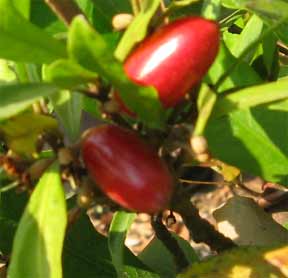A few years ago I had seen various insects feeding on the sap oozing out of a trunk of Cassia roxburghii tree. I had posted these images earlier. Such occurrences are reported by some others also on various face book groups. In a farm, near Khopoli, Maharashtra, there was this tree of Cassia roxburghii. On the trunk of this tree gum-like sap was oozing. Everyday many insects, flies/wasps/butterflies/ants were observed feeding on this sap.
But insects alone do not feed on the sap of the trees. I had observed a squirrel scarping the bark of Albizia procera (किनई) with her sharp teeth. This was in a farm in Panvel, Maharashtra. I also saw the squirrel feeding on the dried sap, which looked like gum on the tree trunk. I had shot a video of that squirrel feeding on gum but due to my negligence, the video was deleted. But I am lucky to still have the photographs. So here are some of them. I searched internet to find if such things were reported earlier or not. And I found a link on National Geographical News titled “No Nuts, No Problem: Squirrels Harvest Maple Syrup”. The link is given below.
https://news.nationalgeographic.com/news/2005/02/0218_050218_squirrels.html
 |
| Oak leaf blue |
https://news.nationalgeographic.com/news/2005/02/0218_050218_squirrels.html






















































